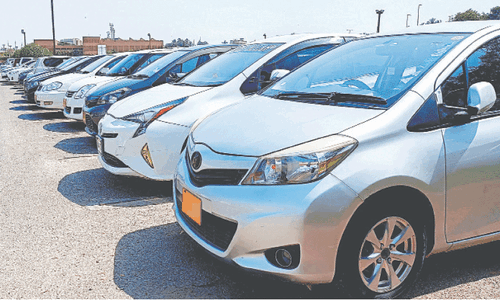COPENHAGEN: Denmark on Wednesday inaugurated a project to store carbon dioxide 1,800 metres beneath the North Sea, becoming the first country in the world to bury CO2 imported from abroad.
“Today we opened a new chapter for the North Sea, a green chapter,” Denmark’s Crown Prince Frederik said at the inauguration ceremony in the town of Esbjerg in the west of Denmark.
The CO2 graveyard, where the carbon is injected to prevent further warming of the atmosphere, is on the site of an old oil field. Led by British chemical giant Ineos and German oil company Wintershall Dea, the “Greensand” project is expected to store up to eight million tonnes of CO2 per year by 2030.
Still in their infancy and costly, carbon capture and storage (CCS) projects aim to capture and then trap CO2 in order to mitigate global warming. Over 200 similar projects are currently operational or under development around the world. But unlike other projects that store CO2 emissions from nearby industrial sites, Greensand brings in the carbon from far away.
“It’s a European success story of cross-border cooperation,” Ursula von der Leyen, president of the European Commission, said in a video message played at the ceremony.
First captured at the source, the CO2 is then liquefied — in Belgium in Greensand’s case — then transported, currently by ship but potentially by pipelines, and stored in reservoirs such as geological cavities or depleted oil and gas fields.
At Greensand, the carbon is transported in special containers to the Nini West platform, where it is injected into an existing reservoir 1.8 kilometres under the seabed. Once the pilot phase is completed, the plan is to use the neighbouring Siri field as well.
Danish authorities, who have set a target of reaching carbon neutrality as early as 2045, say this is “a much-needed tool in our climate toolkit”.
Ineos CEO Brian Gilvary said at the opening that at full-scale, the project could meet 40 per cent of Danish requirements to reach “net zero” and that it could account for 2.5pc or up to 3pc of European requirements.
The North Sea is particularly suitable for this type of project, as the region already has pipelines and potential storage sites after decades of oil and gas production.
Published in Dawn, March 9th, 2023


































